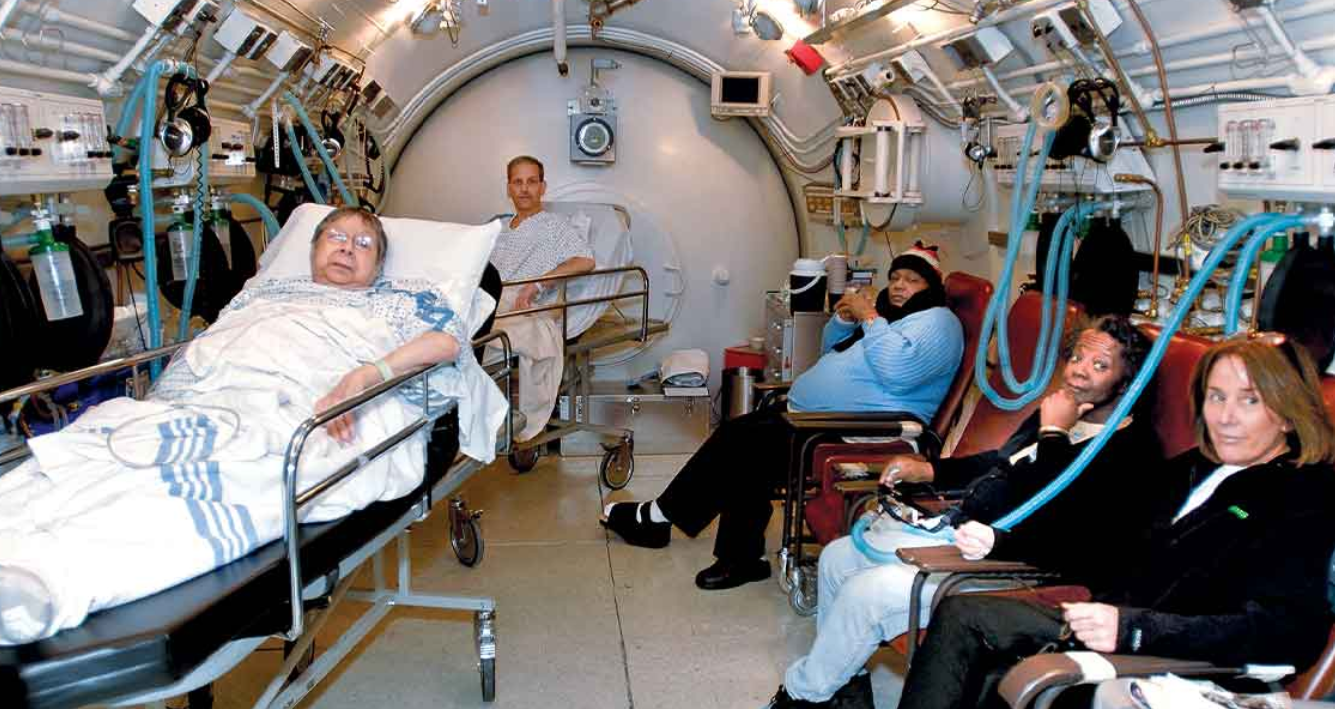Commercial diving is a hazardous occupation that entails performing complex tasks under water at significant depths. As these underwater missions are often carried out at great depths, commercial divers are frequently subjected to high-pressure environments, and a critical part of their safety regime involves hyperbaric chambers. This article aims to delve into the essential role of hyperbaric chambers in commercial diving.
Hyperbaric chambers, sometimes known as decompression chambers or pressure chambers, are sealed enclosures that can create a controlled high-pressure environment. This ability to control the pressure within the chamber makes it a crucial piece of equipment in the field of commercial diving.
The Risk of Decompression Sickness in Commercial Diving
When divers descend into the ocean, the pressure around them increases by one atmosphere for every ten meters they go below the surface. The human body, adapted to live under the pressure of one atmosphere at sea level, has to compensate for these changes. It does this by absorbing more gas, typically a mixture of nitrogen and oxygen. As a result, a diver’s body ends up with high levels of absorbed gas, a state which poses no issue as long as they remain at depth.
However, problems arise when divers ascend to the surface too rapidly. The gas dissolved under high pressure in the body starts to come out of solution, forming bubbles in tissues and the bloodstream—a condition known as decompression sickness (DCS), or ‘the bends.’ DCS can result in a host of complications ranging from joint pain to paralysis, and even death.
Role of Hyperbaric Chambers in Decompression Management and DCS Treatment
Here’s where the hyperbaric chamber comes in. These chambers help manage the decompression process by mimicking the high-pressure environment that the diver’s body has become accustomed to underwater. The diver is brought into the chamber, and the pressure is gradually reduced, simulating a slow and controlled ascent. This allows the excess gas to be safely expelled from the body, preventing the formation of dangerous bubbles and mitigating the risk of DCS.
Moreover, hyperbaric chambers play a significant role in treating DCS after it has occurred. Medical hyperbaric chambers, often filled with 100% oxygen, are used to treat DCS patients. This pure oxygen environment under pressure helps to shrink the size of any nitrogen bubbles formed and promotes the body’s natural healing processes. The enriched oxygen environment also helps to combat any hypoxia (a lack of oxygen) caused by bubbles blocking the blood supply to certain parts of the body.
Hyperbaric Chambers and Saturation Diving
Apart from decompression management and treatment, hyperbaric chambers serve another vital purpose in commercial diving – saturation diving. Saturation diving allows divers to work at great depths for extended periods by keeping them under pressure equal to the work depth even when they are not diving.
Divers live in a pressurised habitat connected to a diving bell, and this complex is mated to a hyperbaric chamber on the surface, maintaining the same pressure throughout. They are transported to the work depth in the diving bell, carry out their tasks, then return to the pressurised habitat. They only decompress once at the end of their shift, which could last days or even weeks. The hyperbaric chamber is an integral part of this system, making long-term deep-sea projects viable.
Challenges and Future Developments
There’s no question that the use of hyperbaric chambers in commercial diving presents some logistical challenges. These systems are complex and require specialist training to operate. The chambers themselves need regular maintenance and safety checks to ensure that they function correctly.
Nevertheless, the safety and capabilities that these chambers provide to divers far outweigh their disadvantages. As technology continues to evolve, we can expect hyperbaric chambers to become even more efficient, safer, and easier to operate.
Conclusion: The Unsung Heroes of Commercial Diving
The advent of hyperbaric chambers has been a game-changer in commercial diving, opening up a world previously inaccessible due to the limitations of human physiology. From managing decompression to enabling saturation diving, hyperbaric chambers play a critical role in making commercial diving operations safer and more effective. As our exploration and exploitation of the underwater world continue to grow, so too will the importance of these indispensable tools.
In conclusion, hyperbaric chambers are the unsung heroes of commercial diving, silently safeguarding the lives of the divers who brave the deep to maintain our offshore infrastructure, salvage operations, and perform scientific research. They symbolise how human ingenuity can overcome natural barriers, making the impossible possible, and the dangerous safe.

